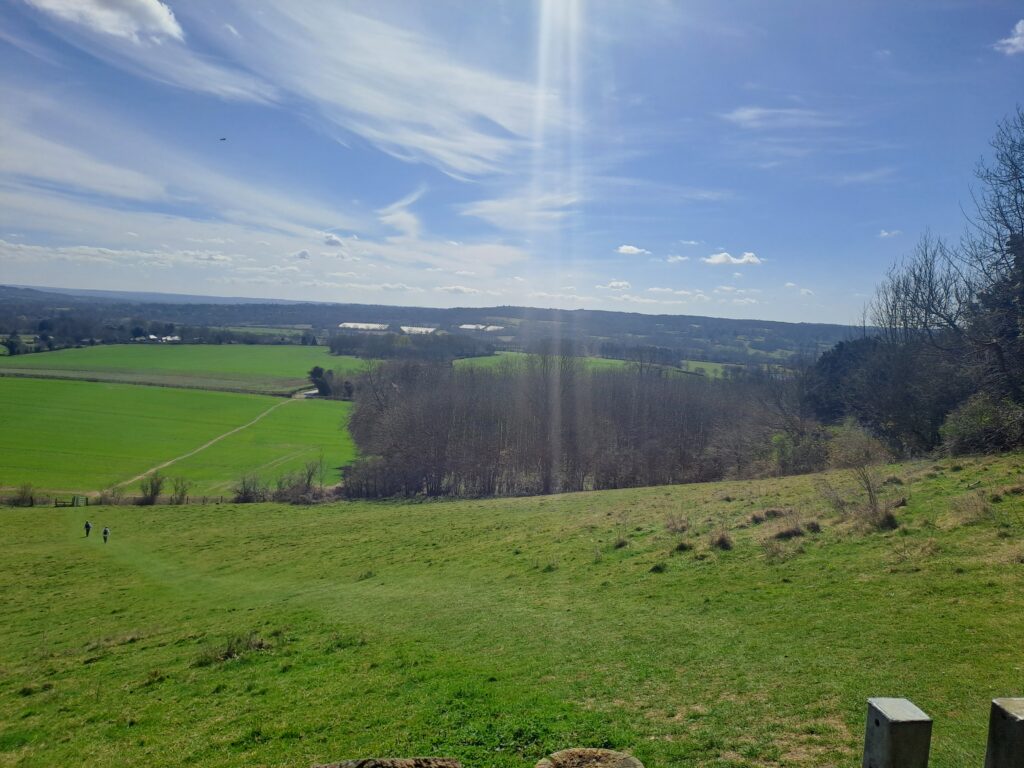North Downs Way Camping
The North Downs Way is one of England’s most beautiful National Trails, stretching 153 miles from Farnham in Surrey to Dover in Kent. If you’re planning to camp along the different sections of the North Downs Way, this guide covers everything you need to know, from official campsites to wild camping considerations.
Can You Camp Along the North Downs Way?
Yes. There are multiple options for camping along the North Downs Way, including designated campsites, wild camping (where permitted), and camping pods for those seeking extra comfort.
However, wild camping is generally not allowed without the landowner’s permission, as most of the trail passes through private land or areas with conservation protections. Always check local regulations before setting up camp.
Where to Find Campsites Along the North Downs Way
There are many campsites along the North Downs Way that cater to hikers, offering a range of facilities from basic tent pitches to glamping options. To find the best places to stay, visit our North Downs Way Accommodation Guide, where we have a full list of accommodation options along the route, including campsites. It’s worth bearing in mind, though, that official campsites aren’t available along each section of the North Downs Way.


Is Wild Camping Allowed on the North Downs Way?
Wild camping is generally not permitted along the North Downs Way unless you have the landowner’s permission. However, responsible wild camping is possible in some remote areas, provided you:
- Leave no trace
- Set up late and pack down early
- Avoid farmland and protected areas
For more information on the legality of wild camping in the UK, check out this informative guide by the Camping and Caravanning Club.
What to Pack for Camping on the North Downs Way
If you’re planning a multi-day hike with camping, here’s a checklist of essentials:
Camping Gear:
- Sleeping bag (3-season recommended)
- Lightweight tent or bivvy bag
- Sleeping mat for insulation
- Cooking stove & fuel
- Water filter or purification tablets if you’re collecting water from natural sources
- Headtorch with spare batteries
Hiking Essentials:
- Waterproof jacket and trousers
- Comfortable walking boots
- Power bank for phones
- First aid kit

Best Time for Camping on the North Downs Way
The best months for camping along the trail are late spring to early autumn (May to September). During this period:
- The weather is warmer and drier
- Campsites are open and fully operational
- The trail is at its most scenic, with wildflowers and clear views
If you prefer fewer crowds, consider hiking in April or October, when conditions are still manageable, but campsites are quieter.
Tips for an Enjoyable Camping Experience
Book campsites in advance during peak months (June-August)
Respect the countryside – follow the Countryside Code
Carry enough water, as refill points can be limited
Check weather forecasts before setting out
Bring cash for small, rural campsites that may not take card payments
Safe Travels
Camping along the North Downs Way is an unforgettable experience, whatever the time of year. Whether you opt for designated campsites or seek a wilder experience, being prepared is key to an enjoyable journey. For more information, you can also read our transport links guide for more information on getting to the different sections of the North Downs Way.
